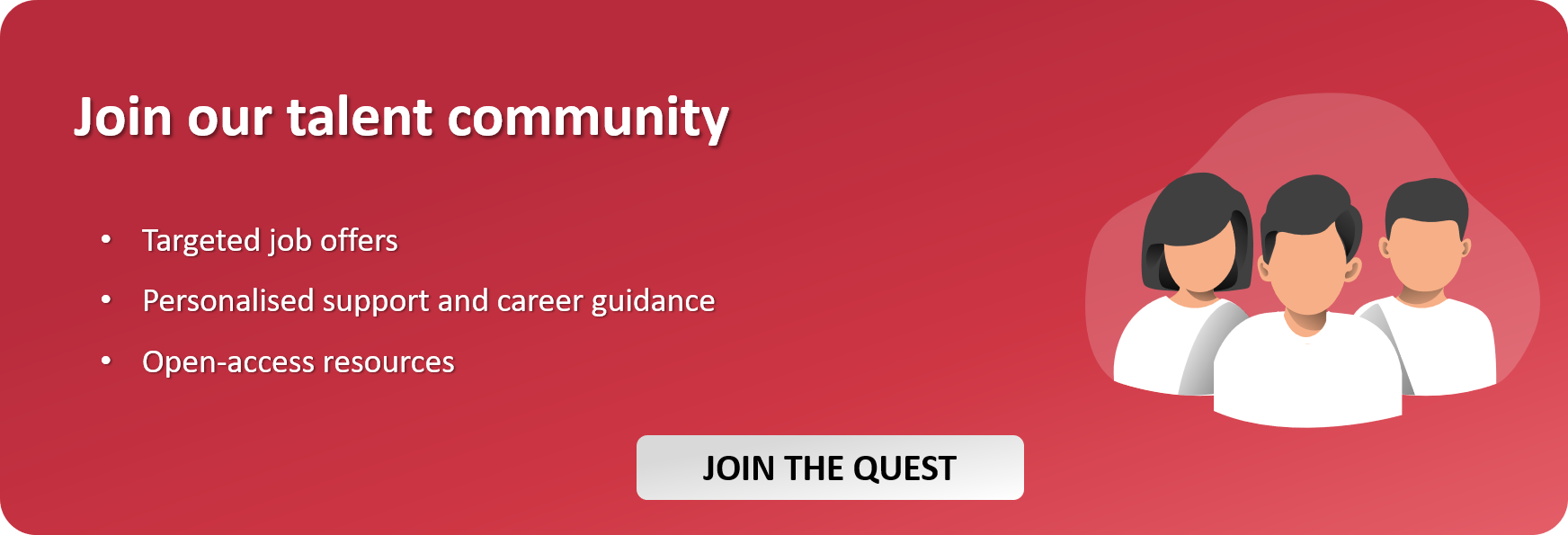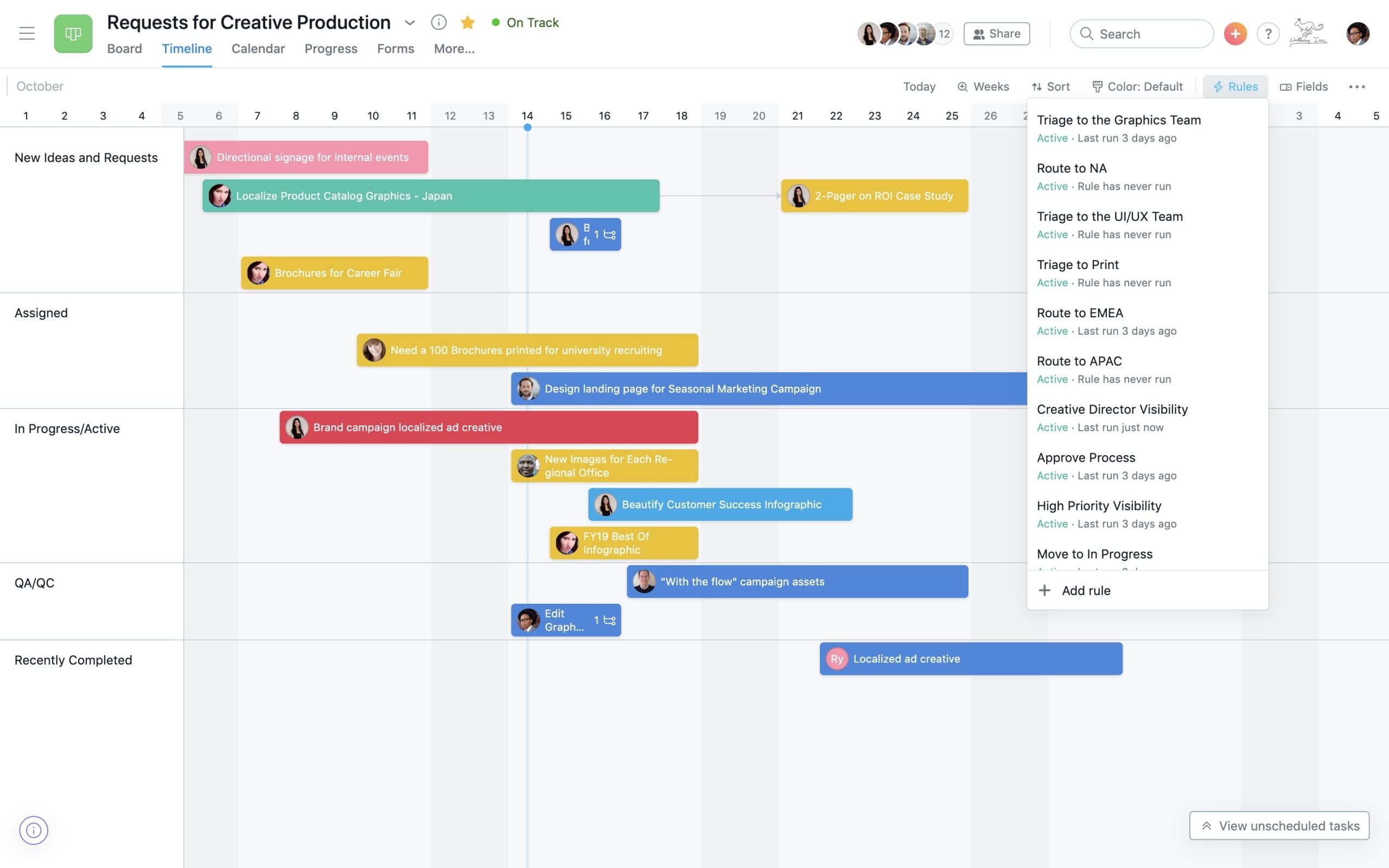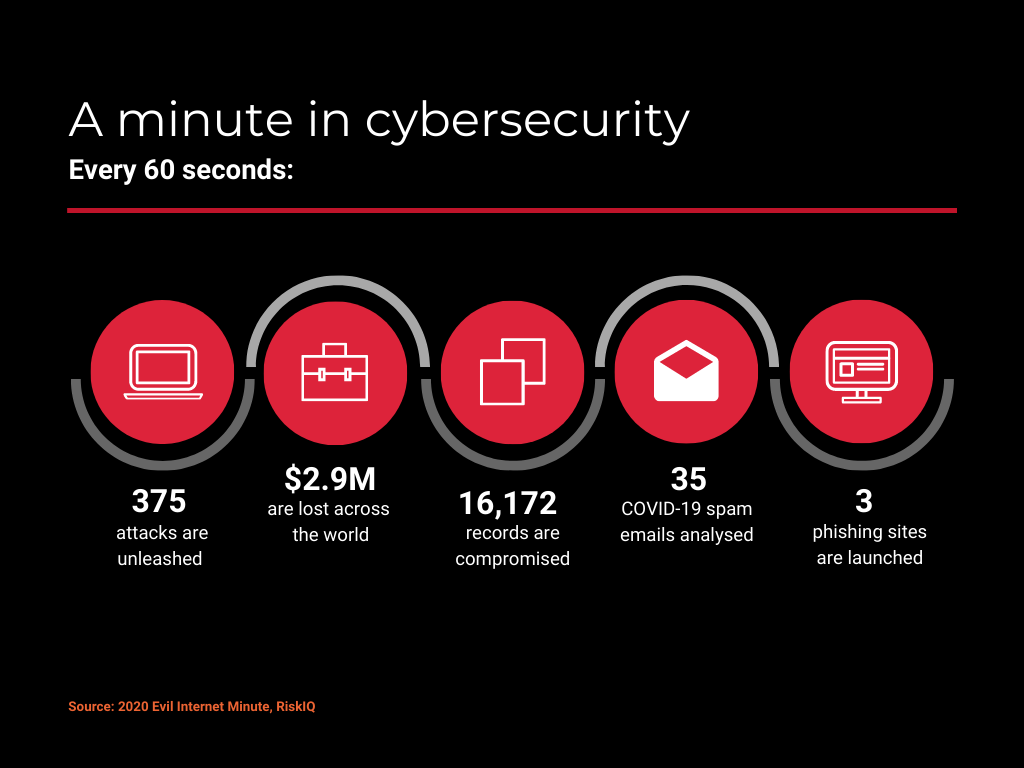When it comes to cybersecurity, one thing is certain: things only get more complex over time. Therefore, spurred by the global health crisis and the business world’s increasing reliance on IT systems, cybercrime is on the rise. At the same time, the industry is facing a rapidly widening talent gap that makes securing company networks and infrastructure doubly difficult. Moreover, the leading cybersecurity professional organization (ISC)² estimates that the global cybersecurity workforce needs to grow by 145% to meet the demand for skilled cybersec talent. Message received about cybersecurity careers: it’s the perfect time to be a cybersecurity professional
But it’s not always easy to identify the right career path in this ever-changing and all-encompassing area of IT. Here are a few guidelines to help you navigate the field.
Three levels of roles
All cybersecurity job titles fall within three levels or categories: entry-level, mid-level and advanced. Examples of jobs at the various jobs available depending on the level of experience include:
- Entry-level: System Engineer, System Administrator, Network Engineer, Security Specialist
- Mid-level: Security Technician, Security Analyst, Incident Responder, IT Auditor, Cybersecurity Consultant, Penetration Tester
- Advanced: Cybersecurity Manager, Cybersecurity Architect, Chief Information Security Officer (CISO)
Cybersecurity careers : How to get a job
Although the previous distinction seems obvious at first glance—most careers have the same three levels—it is important to note that these don’t necessarily imply a linear progression, especially when looking to access mid-level cybersecurity roles.
That is due to the fact that a large proportion of security experts started out as experienced IT professionals with deep technical expertise, only moving into cybersecurity after mastering the ins and outs of networking, cloud and other core areas related to the security practice.
While accessing the cybersecurity industry through an entry-level role is possible and quite common—companies like to hire recent tech graduates who can quickly learn the basics and adapt to their particular workplace culture—most cybersec professionals are more on the senior side.
According to (ISC)², the average cybersec pro has worked for 9 years in IT roles, having spent 5 of those working on cybersecurity-related projects.
Top skills for cybersec pros
Since cybersecurity has many specialisation fields, there is not a unique set of skills that applies to all positions. Those interested in more technical tracks will have to gain full proficiency of the protocols, environments, devices and applications that are important for their specific niche.
Some of these technologies include:
- Operating systems & databases (Windows, Unix, Linux, SQL…)
- Programming (C, Python, shell, assembly languages…)
- Networking (configuration, TCP/IP, Proxy servers, firewall protection, VPNs…)
Once that is covered, security pros tend to go onto focus on a particular field or family of technologies, including:
- Cisco and Microsoft
- Cloud computing
- Wireless
- Database modelling
- Cryptography
In addition, managerial roles will require the ability to plan and conduct training, write technical specifications, evaluate risk and the compliance with legal regulations.
Soft-skills are also critical for a successful career in cybersecurity. Team building and collaboration, a curious mind with a passion for solving puzzles, the business acumen to navigate corporate environments. All of these
Cybersecurity careers: certify yourself
Finally, and as it is often the case with technical careers, certifications are absolutely vital. There are several world-renowned organisations and companies offering certifications based on the area of focus:
- CompTIA
- EC Council
- (ISC)²
- ISACA
- Cisco Systems
- Microsoft
Besides validating your expertise within the industry and justifying, for instance, a career change into cybersecurity, certifications will often allow you to earn more money.
According to (ISC)² estimates, the average salary for cybersecurity experts holding a security certification is €60,000, way more than that of those who don’t —about €7,000 on average.






















